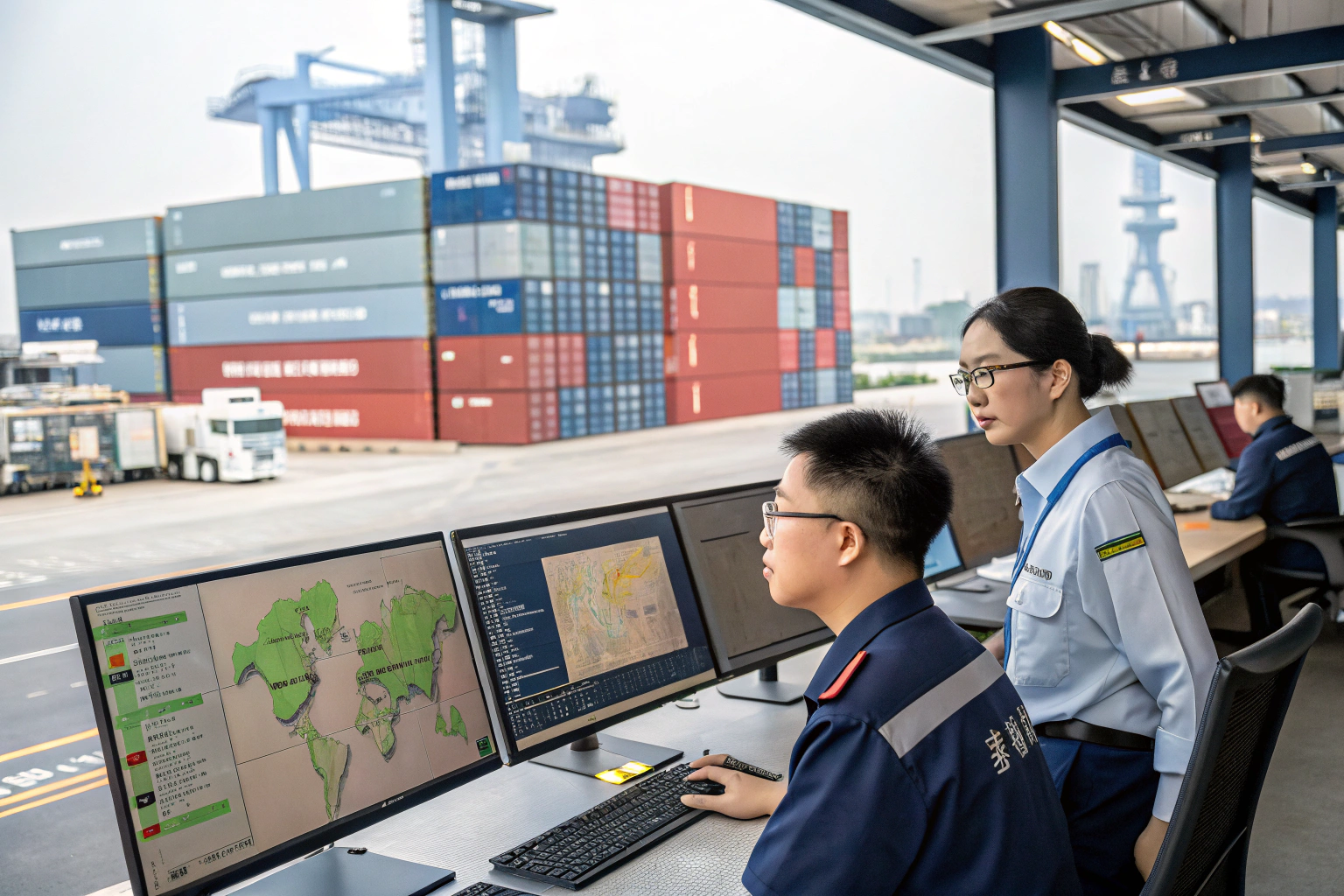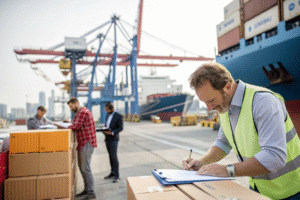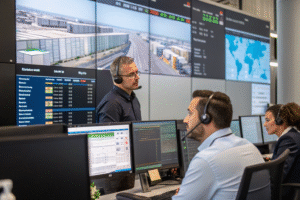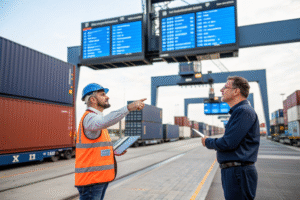Freight costs are often the hidden obstacle to growth. I've worked with companies that have great products and steady demand but struggle to expand due to expensive, unpredictable shipping bills. When a single container's price doubles overnight, it eats straight into your margin.
Businesses can optimize freight forwarding costs through route flexibility, smart cargo consolidation, reliable volume forecasting, and negotiating transparent all-in rates with experienced forwarders.
Let’s explore how to keep your logistics budget lean and your deliveries running smooth—without sacrificing service or speed.
What Shipping Routes Offer the Best Cost-Efficiency?
Shipping route selection directly impacts your final landed cost. Many importers only look at major ports, but minor adjustments in the route or port of discharge can save hundreds per shipment.
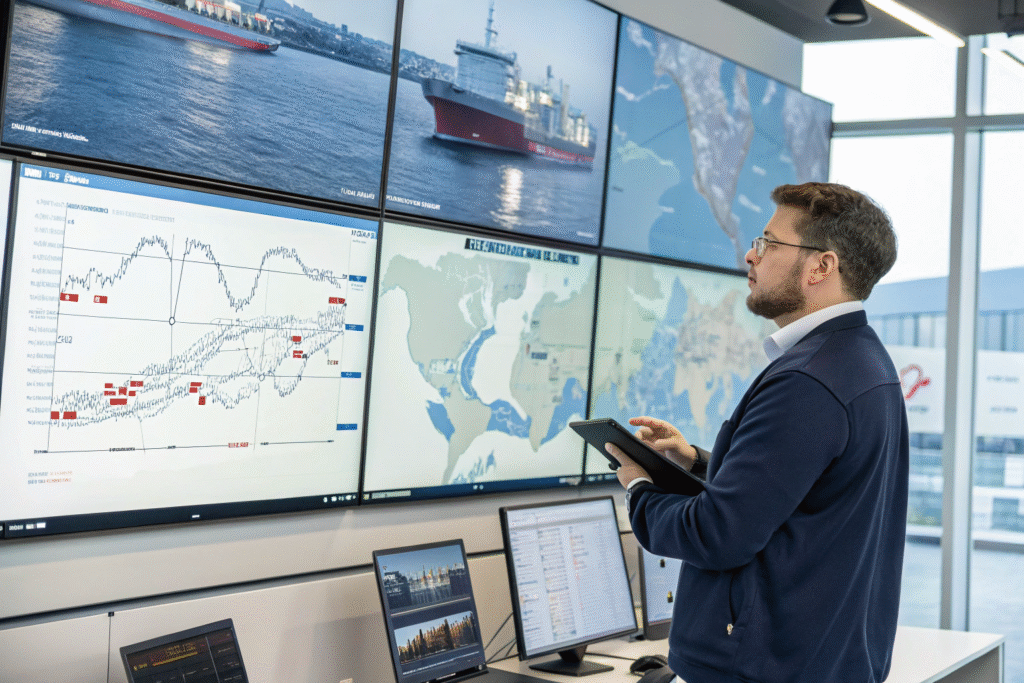
Should You Always Use the Closest Port?
Not necessarily. Some major ports like Shanghai or Shenzhen have higher terminal charges. We’ve helped clients reroute through Qingdao or Xiamen where fees are lower, and congestion is less.
Tools like SeaRates allow you to compare transit time and cost across ports. A little flexibility can yield better freight space availability and improved schedule reliability.
How Do Intermodal Routes Reduce Freight Spend?
Intermodal shipping—combining sea, rail, and truck—can lower cost, especially on inland deliveries. For example, from China to Germany, using rail freight from Xi’an is often faster and cheaper than full ocean freight.
By combining container movement via rail to Chengdu then ship to Europe, clients can reduce time and warehouse costs. Check platforms like RailFreight for current trends.
How Can Consolidation Lower Shipping Expenses?
Consolidating shipments is one of the most effective ways to reduce unit freight costs. It's ideal for buyers who don’t yet fill an entire container themselves.
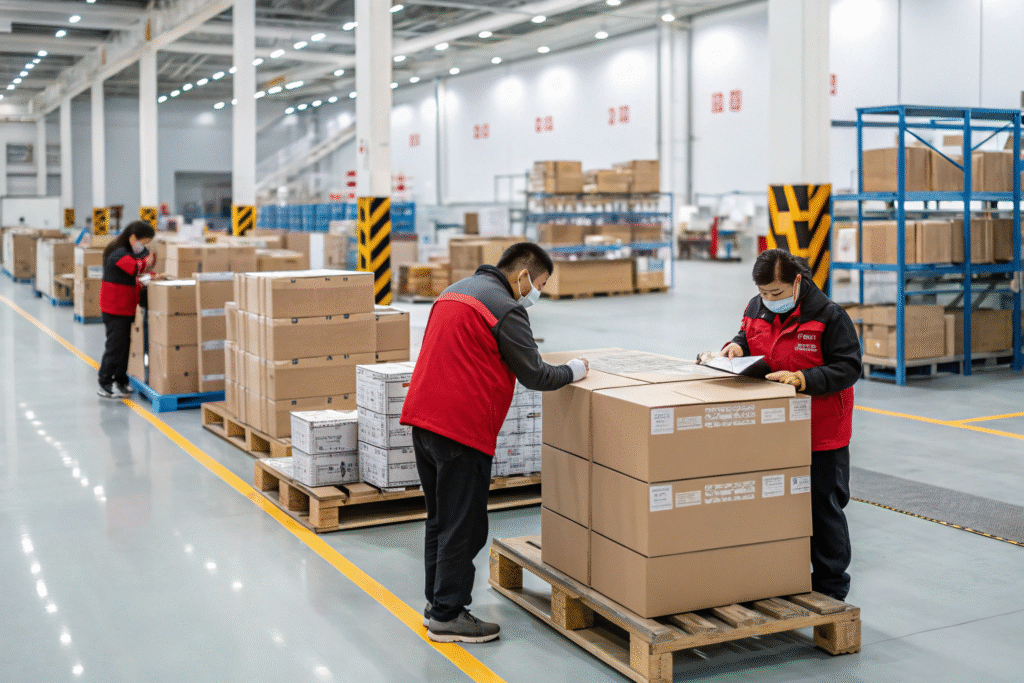
What Is the Difference Between FCL and LCL in Cost Control?
With FCL (Full Container Load), you pay for the whole box—even if it’s not full. LCL (Less than Container Load) lets you share the space and cost.
But there’s more: By coordinating with other shippers or your own suppliers, we can pre-pack your orders in one warehouse and optimize CBM usage. Websites like GoComet explain this balance well.
How Does Vertical Consolidation Improve Efficiency?
We help clients consolidate by supplier or SKU type. For instance, a gift importer shipping from Yiwu, Guangzhou, and Ningbo can have cargo aggregated at a central hub.
This reduces customs declarations, port fees, and per shipment handling. Flexport offers case studies showing similar results for retail businesses managing multiple factories.
Why Is Volume Forecasting Critical for Lower Rates?
Your cost per unit drops when you can provide stable volume forecasts. Forwarders use this data to book better rates and secure space with ocean carriers.

How Can You Predict Volumes Effectively?
We encourage clients to plan shipments monthly or quarterly, even if production isn’t finalized. This allows us to block space at lower contracted rates.
Tools like TradeGecko and Inventory Planner help link your forecast with logistics strategy. Forecasts reduce last-minute rush fees and missed sailings.
What Happens If Forecasts Aren’t Accurate?
When volume fluctuates wildly, we can’t negotiate better rates or optimize space. You may be pushed into premium air freight or face container rollover at port.
That’s why we provide clients with a rolling forecast template, helping align inventory planning with sailing schedules from ports like Ningbo, Shekou, or Qingdao. Reliable data = stable costs.
How Do Transparent Quotes Prevent Cost Surprises?
One of the most overlooked reasons businesses overspend is unclear pricing. We've seen quotes that hide port handling, documentation, or fuel surcharges—leading to nasty surprises.

What Should a Transparent Freight Quote Include?
Here’s what every quote from us contains:
| Cost Component | Details Included |
|---|---|
| Pickup & Origin Fees | Trucking, warehouse, customs docs |
| Freight Charge | Ocean, air, or rail freight |
| Destination Fees | Terminal handling, delivery |
| Customs & Taxes | Based on declared value (if DDP) |
| Optional Add-ons | Insurance, palletizing, rush fees |
Using platforms like Freightos or iContainers, you can compare how full-service quotes are structured.
How Can You Spot Hidden Logistics Costs?
If a quote is missing delivery to door, or excludes customs, you’ll likely face extra bills. Some forwarders exclude Peak Season Surcharge (PSS) or Emergency Bunker Fees (EBS) in early quotes.
We always clarify inclusions and exclusions and highlight variable charges. That’s why clients trust GeeseCargo to deliver not just goods—but peace of mind.
Conclusion
If you’re serious about reducing freight forwarding costs, it's time to go beyond price tags. Strategic routing, consolidation, forecasting, and transparent quotes all combine to lower your true landed cost.
At GeeseCargo, we’ve helped businesses shipping from China scale up while keeping logistics lean. Whether you're sending 1 pallet or 20 containers a month, we know where the savings are hiding—and how to unlock them.
